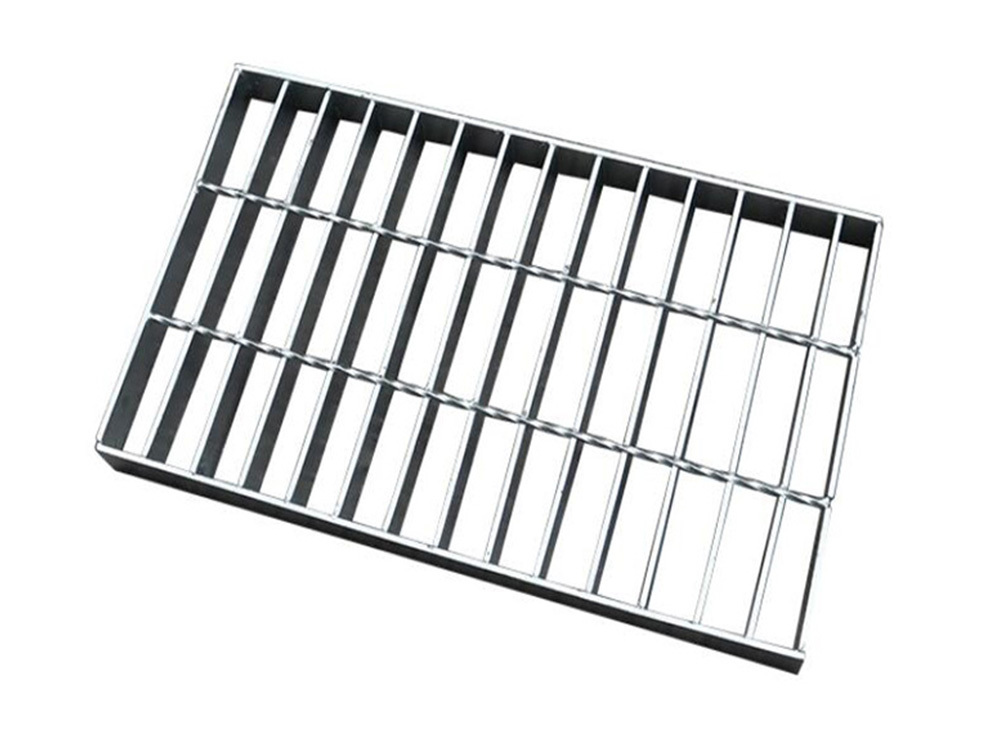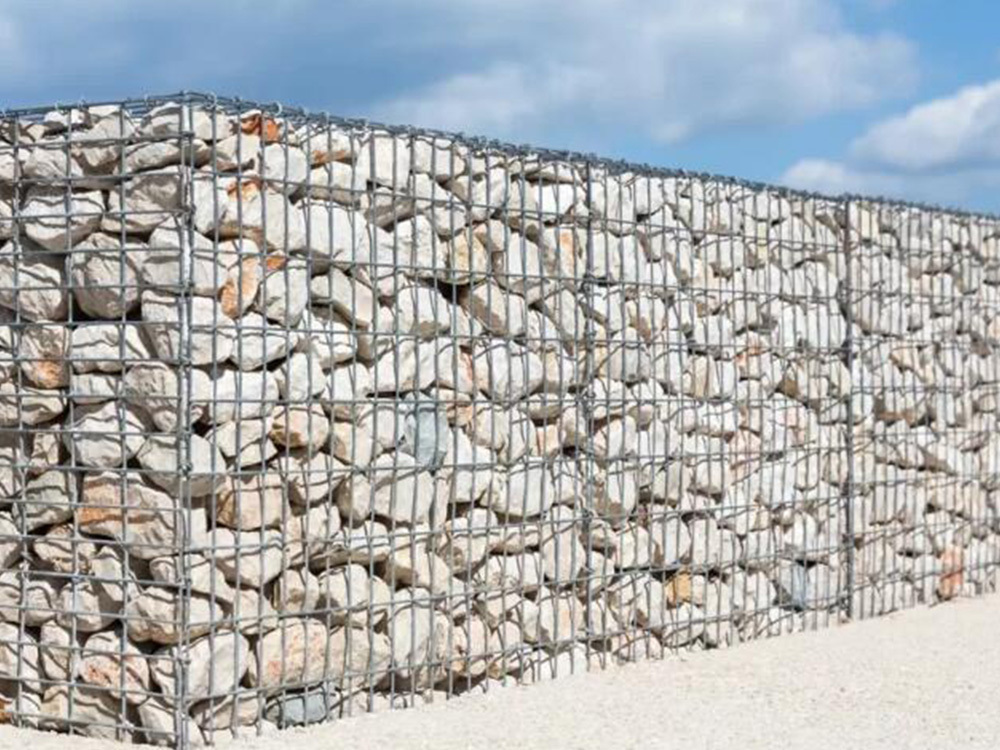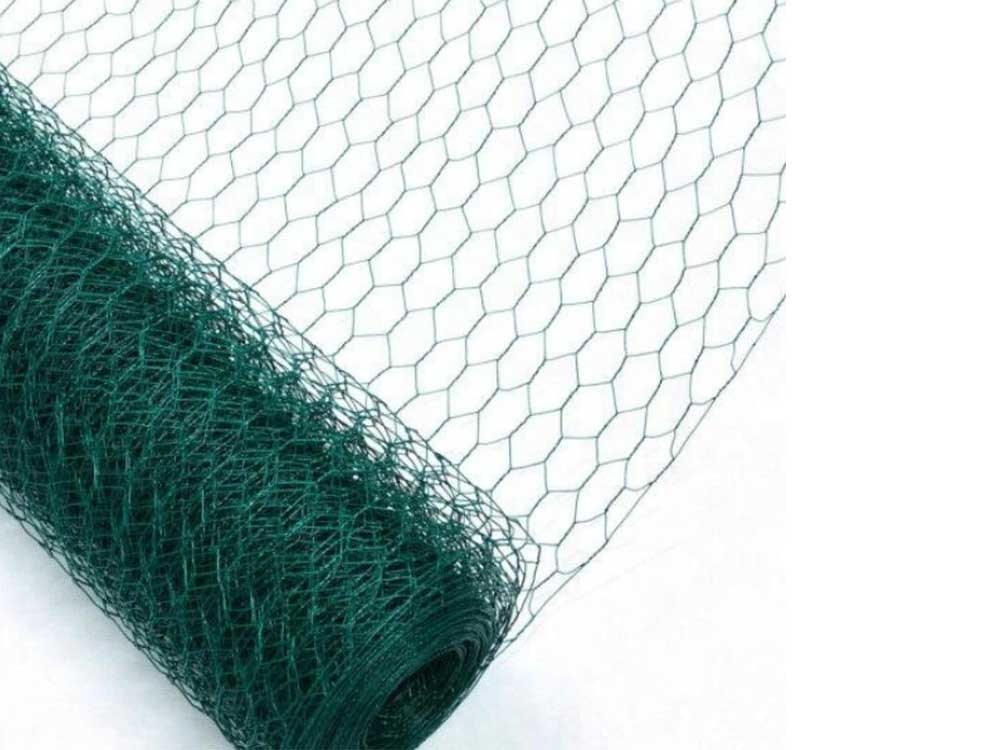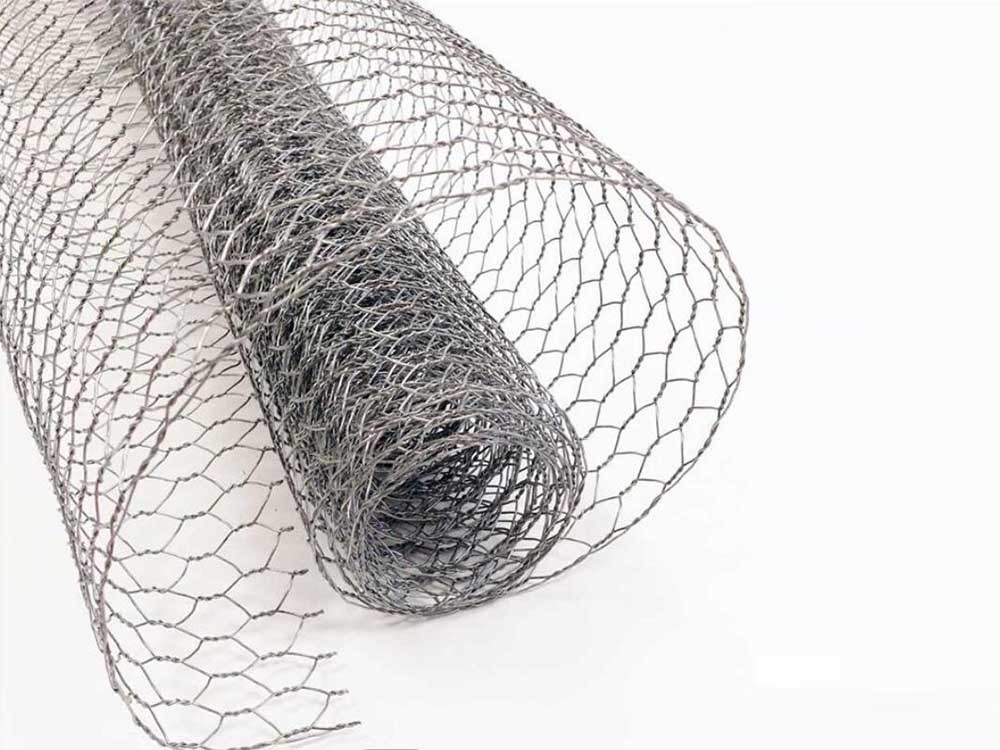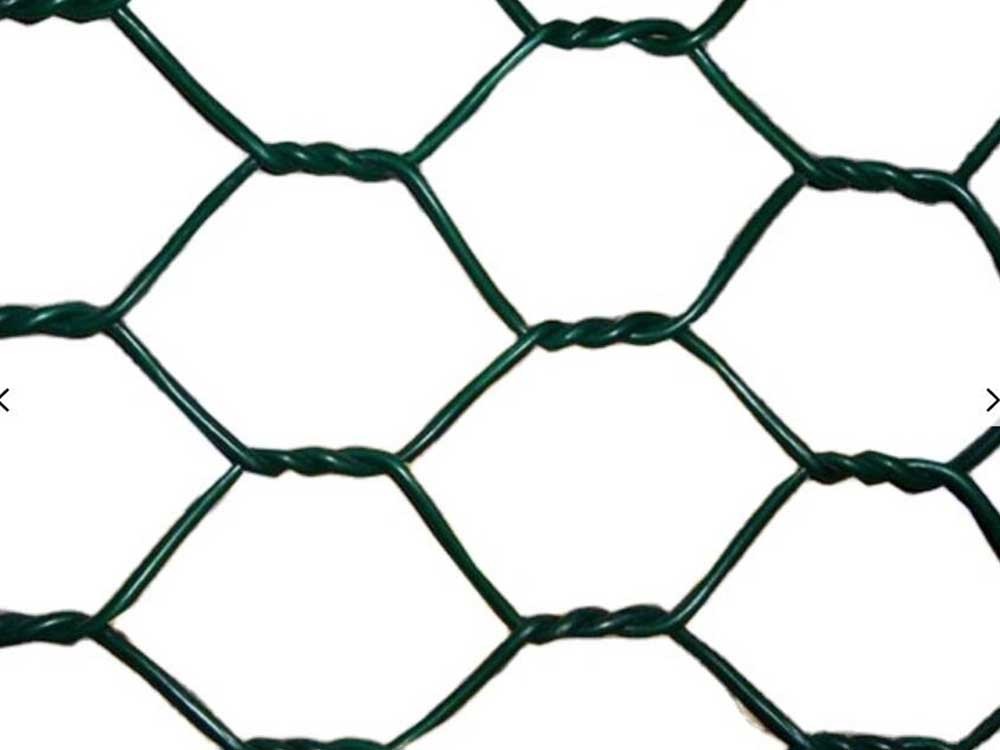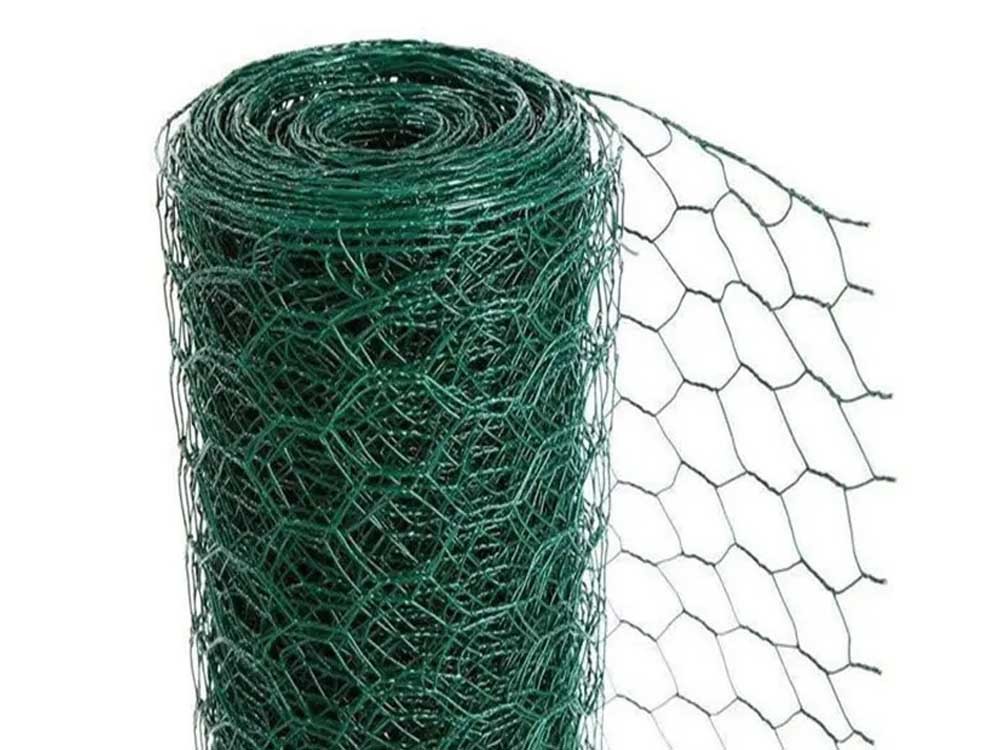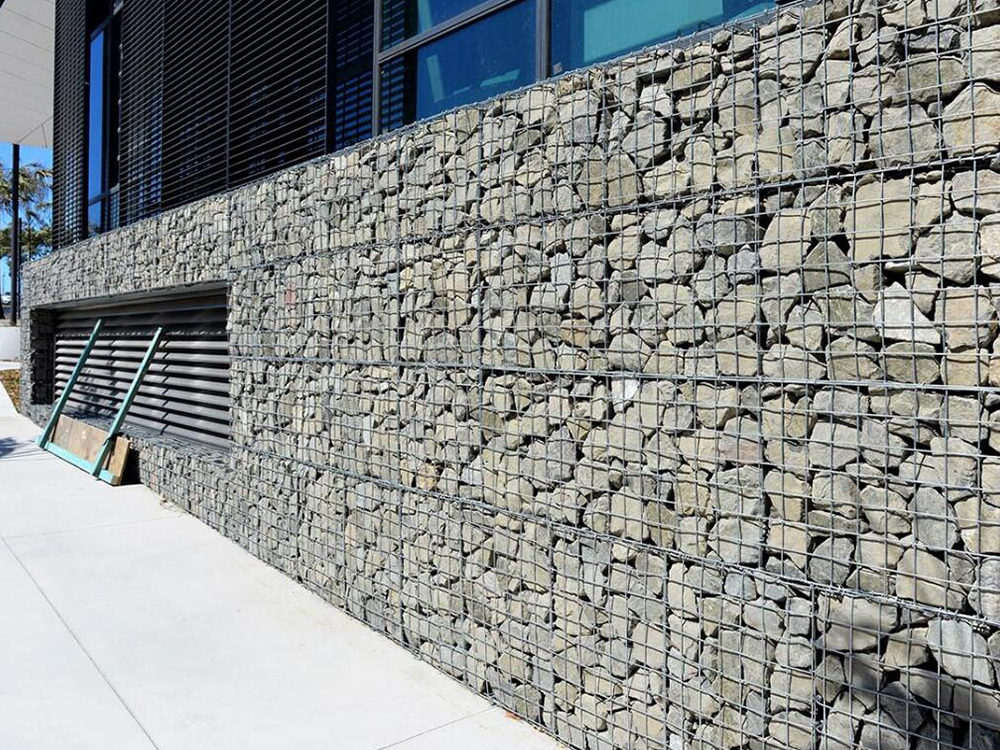Why Steel Grating is the Best Choice for Industrial Flooring
Release Time:
May 02,2025
Why Steel Grating is the Best Choice for Industrial Flooring Table of Contents 1. Introduction to Steel Grating 2. Key Benefits of Steel Grating 2.1 Exceptional Strength and Durability 2.2 Enhanced Safety Features 2.3 Cost-Effectiveness in the Long Run 3. Industrial Applications of Steel Grating 3.1 Manufacturi

Why Steel Grating is the Best Choice for Industrial Flooring
Table of Contents
- 1. Introduction to Steel Grating
- 2. Key Benefits of Steel Grating
- 2.1 Exceptional Strength and Durability
- 2.2 Enhanced Safety Features
- 2.3 Cost-Effectiveness in the Long Run
- 3. Industrial Applications of Steel Grating
- 4. Installation and Maintenance of Steel Grating
- 5. Environmental Considerations
- 6. Conclusion: The Future of Industrial Flooring
- 7. FAQs about Steel Grating
1. Introduction to Steel Grating
Steel grating, a versatile material widely used in various industrial sectors, stands out as a preferred choice for industrial flooring. Characterized by its open design, steel grating offers a unique combination of strength, safety, and functionality. Its applications range from flooring systems to walkways and platforms, making it an essential component in environments where reliability is paramount. In this article, we delve into why steel grating is not just a choice but the best choice for industrial flooring.
2. Key Benefits of Steel Grating
2.1 Exceptional Strength and Durability
One of the most compelling reasons for choosing steel grating is its **exceptional strength and durability**. Steel grating is engineered to withstand heavy loads and extreme conditions, making it ideal for industrial settings where equipment and machinery are routinely in operation. Unlike other flooring materials, such as concrete or wood, steel grating does not warp, crack, or deteriorate over time. It provides a **long-lasting solution**, significantly reducing maintenance costs and downtime.
2.2 Enhanced Safety Features
Safety is a top priority in any industrial environment. Steel grating incorporates features that enhance workplace safety. The open design allows for effective drainage, preventing the accumulation of water, oil, or chemicals that could lead to slips and falls. Additionally, steel grating is often designed with anti-slip surfaces, providing added traction for workers navigating the space. This combination of effective drainage and slip resistance contributes to a **safer working environment**.
2.3 Cost-Effectiveness in the Long Run
While the initial investment in steel grating may seem higher than other flooring options, its long-term cost-effectiveness is unparalleled. The durability of steel grating means fewer replacements and repairs over time, leading to lower overall costs. Furthermore, the ease of installation reduces labor expenses, making steel grating a **financially savvy choice** for businesses looking to optimize their flooring solutions.
3. Industrial Applications of Steel Grating
Steel grating is not limited to one type of industrial application; its adaptability makes it suitable for various environments.
3.1 Manufacturing Facilities
In manufacturing facilities, steel grating is often used in production areas where heavy machinery operates. Its ability to bear significant weight and resist wear and tear makes it an indispensable flooring solution. Moreover, its design facilitates airflow and light penetration, improving working conditions for employees.
3.2 Warehousing and Storage
Warehousing environments benefit from steel grating due to its ability to support heavy loads while providing a clear view of the ground beneath. This visibility is crucial for safety and efficiency in busy warehouses where forklifts and other equipment operate. Furthermore, the open design allows for efficient drainage, reducing the risk of damage to stored goods.
3.3 Walkway and Platform Applications
Steel grating is also widely used for walkways and platforms in various industrial sectors. The slip-resistant surface ensures the safety of personnel navigating these areas, while the strength of the material can accommodate significant foot traffic and equipment movement. Furthermore, its lightweight nature simplifies installation and modification of walkways and platforms as needed.
4. Installation and Maintenance of Steel Grating
4.1 Installation Process Explained
Installing steel grating is a straightforward process, provided that proper planning and execution are followed. It typically involves measuring the area accurately, cutting the grating to size, and securing it in place using appropriate fasteners. The installation can be completed relatively quickly, minimizing disruption to operations. Having a skilled team ensures that the installation adheres to safety regulations and performs to its maximum potential.
4.2 Maintenance Tips for Longevity
Despite its durability, steel grating does require regular maintenance to ensure its longevity. Periodic cleaning to remove debris, oil, or chemicals is essential to maintain its slip-resistant properties. Additionally, regular inspections for any signs of rust or wear can prolong the lifespan of the grating and keep it performing optimally in the workplace.
5. Environmental Considerations
Choosing steel grating also aligns with environmentally responsible practices. Steel is inherently recyclable, reducing waste and environmental impact. In today’s world, where sustainability is increasingly important, opting for steel grating can positively influence a company’s environmental footprint. Furthermore, the longevity and durability of steel grating mean less frequent replacements, contributing to a more sustainable approach to industrial flooring.
6. Conclusion: The Future of Industrial Flooring
Steel grating emerges as the superior choice for industrial flooring due to its **exceptional strength**, **enhanced safety features**, and **cost-effectiveness**. As industries continue to evolve, the demand for durable, reliable, and safe flooring options will only increase. Steel grating meets these demands head-on, offering a solution that not only enhances workplace safety and efficiency but also contributes to long-term operational savings. By investing in steel grating, businesses can ensure a sustainable and productive future for their industrial environments.
7. FAQs about Steel Grating
What is steel grating made of?
Steel grating is primarily made from carbon steel or stainless steel, depending on the application. Stainless steel is often used in environments where corrosion resistance is a priority.
How does steel grating compare to other flooring materials?
Steel grating offers superior strength, durability, and slip resistance compared to other flooring materials like concrete or wood, making it a more reliable option for industrial settings.
Is steel grating suitable for outdoor use?
Yes, steel grating can be used outdoors. Its robust design and resistance to weather elements make it an excellent choice for outdoor applications.
Can steel grating be customized?
Absolutely! Steel grating comes in various sizes, shapes, and designs, allowing for customization to meet specific project requirements and aesthetic preferences.
How do I maintain steel grating?
Regular cleaning and inspections are recommended to maintain steel grating. Removing debris and checking for signs of rust or wear will help ensure its longevity and effectiveness.
This comprehensive exploration of steel grating showcases its myriad benefits and establishes it as the best choice for industrial flooring. By understanding its advantages, businesses can make informed decisions that enhance safety, efficiency, and sustainability in their operations.
Keywords:
More information



